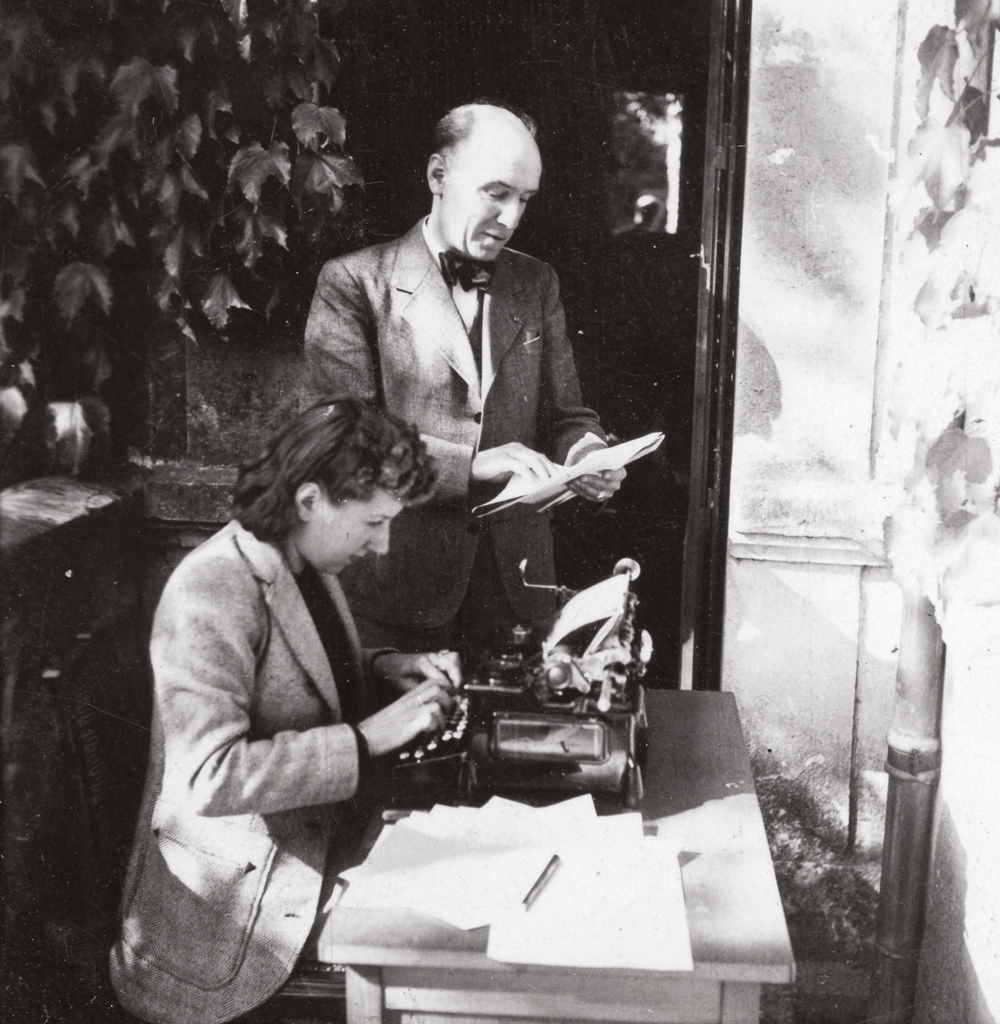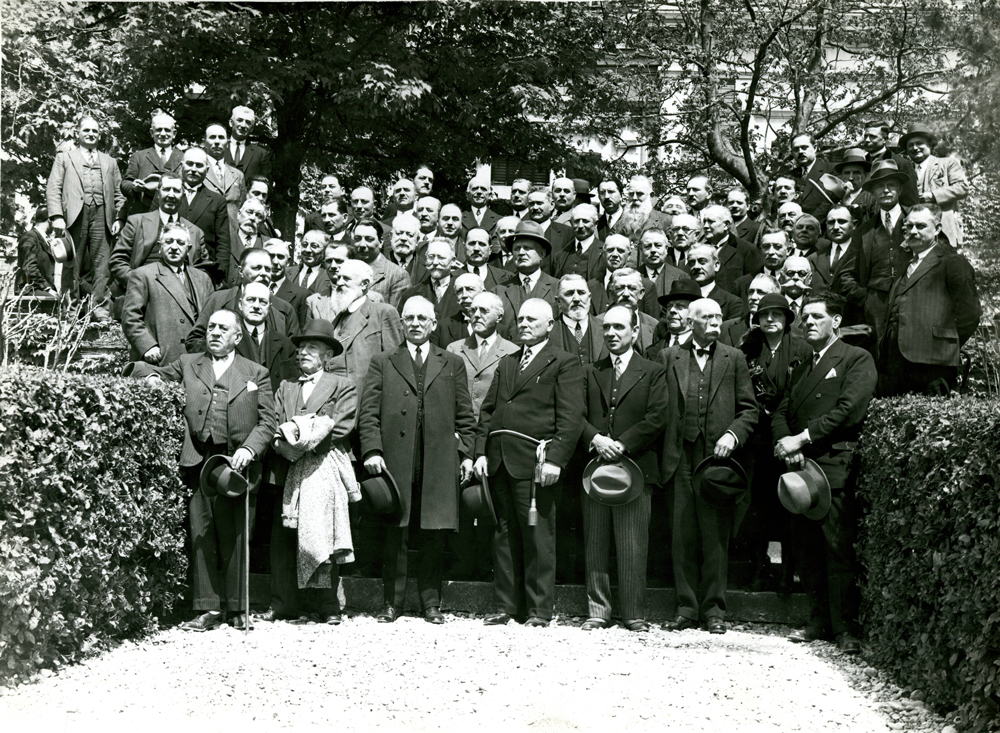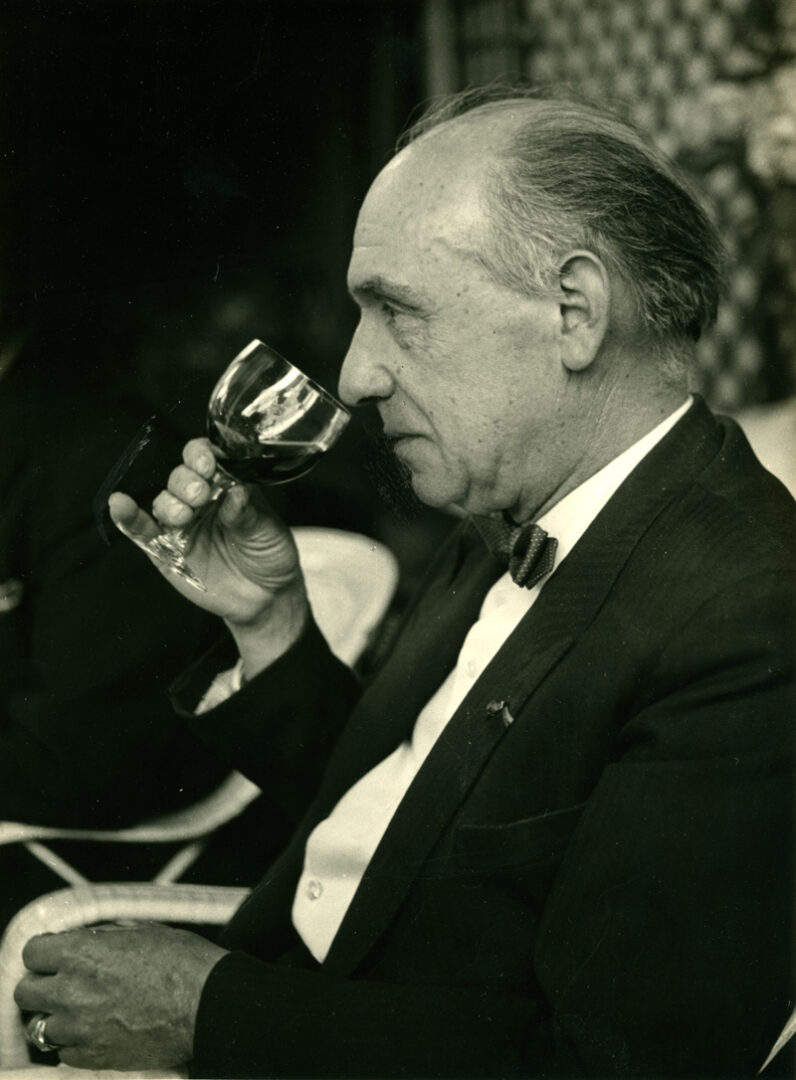- Appellation
Explore the appellation
- Winemakers
- Winetourism
Visit the appellation
- Biodiversity
Explore biodiversitY
While the expansion of the vineyard slowed during the 16th century due to the religious wars, it regained momentum in the 18th century, with vineyards expanding. As a result, the wine trade saw significant development. Even at that time, the local winemakers displayed a pioneering spirit!
Starting in 1776, Château La Nerthe shipped its wines in bottles, gradually abandoning barrels. This pioneering move resonated once again, contributing to the renown of the wines.
Recognized for superior quality by a decree published in 1793, the wines were shipped throughout France and Europe.
In the early 19th century, nearly two thousand hectoliters were sold outside the department, and quantities steadily increased. Frédéric Mistral, who discovered them at his friend, the félibre (Provencal poet) and winemaker Anselme Mathieu, a native of Châteauneuf-du-Pape, delighted his Parisian friends with them: Alphonse Lamartine, Alexandre Dumas, Alphonse Daudet. They, in turn, became ambassadors of this ‘royal, imperial, pontifical’ wine, as defined by the most famous of Provençal félibres.


Eager to defend the growing reputation of Châteauneuf-du-Pape wines, following the crisis of Phylloxera, the local winemakers were instrumental in establishing the current system of Controlled Designation of Origin (AOC). Deeming the 1919 law on appellations of origin too general—it only delimited the areas of appellation—they decided it was high time to implement stricter regulations to protect their wines.
In 1923, they went on a delegation to Château Fortia, owned by Baron Le Roy de Boiseaumarié, a winemaker and legal-adviser, to seek his assistance in this endeavor. Alert, he responded: ‘I agree, but on one condition, that you ; yourselves set an example of honesty and discipline.’
On October 4, 1923, the constitutive general assembly of the ‘Union of Vineyard Owners of Châteauneuf-du-Pape’ took place, with Baron Le Roy as its president. Under his guidance, the winemakers imposed unprecedented production rules: regulation of cultivation methods, establishment of a minimum alcohol level (12.5°), a restrictive list of authorized grape varieties, mandatory grape sorting…

Their example would soon be followed by other French wine-producing regions. Their efforts were successful on November 21, 1933: the Court of Cassation confirmed the delimitation of the area and the production conditions of the appellation. With a few exceptions, these regulations are still in effect today to protect and guarantee the quality of Châteauneuf-du-Pape wines.
On May 15, 1936, the appellation decree was published, and Châteauneuf-du-Pape became the first wine AOC in France.
The vineyard now covers 3,200 hectares in the villages of Châteauneuf-du-Pape, Bédarrides, Courthézon, Orange, and Sorgues.
In 2023, the winemakers’ union of Châteauneuf-du-Pape celebrates 100 years of viticultural unionism, struggle, and collective protection. In the era of globalization, the Controlled Designation of Origin system is more necessary than ever to protect the terroir, heritage, and craftsmanship. It involves discipline, collective dynamics, and convincing power in service of the vineyard.
One hundred years later, it is worth recalling Baron Le Roy’s plea:
“May this policy of quality never be abandoned. We are not made for standardized manufacturing. No! We are unbeatable when the artisan becomes an artist. Quality is the hallmark of French genius.”


As the first AOC wine in France in 1936, the 3,150 hectares of the appellation extend over 5 communes: Châteauneuf-du-Pape, Bédarrides, Courthézon, Orange, and Sorgues. With 300 harvest declarants, the appellation produces an average of 90,000 hectoliters per vintage, or about 12 million bottles, distributed to 93% for red wines and 7% for white wines. Benefiting from a unique natural heritage, the AOC relies on 13 grape varieties, 5 distinct terroirs, and an exceptional climate, marked by sun and mistral, to produce exceptional wines distributed mainly for export (66% of volumes in 2021). Historically and continuously committed to sustainable development issues, 35% of the AOC’s surfaces are managed in organic or biodynamic agriculture.
BP 12-25 avenue Général de Gaulle
84231 Châteauneuf-du-Pape cedex
© CHÂTEAUNEUF DU PAPE 2023
Alcohol abuse is dangerous for your health, and should be consumed in moderation.